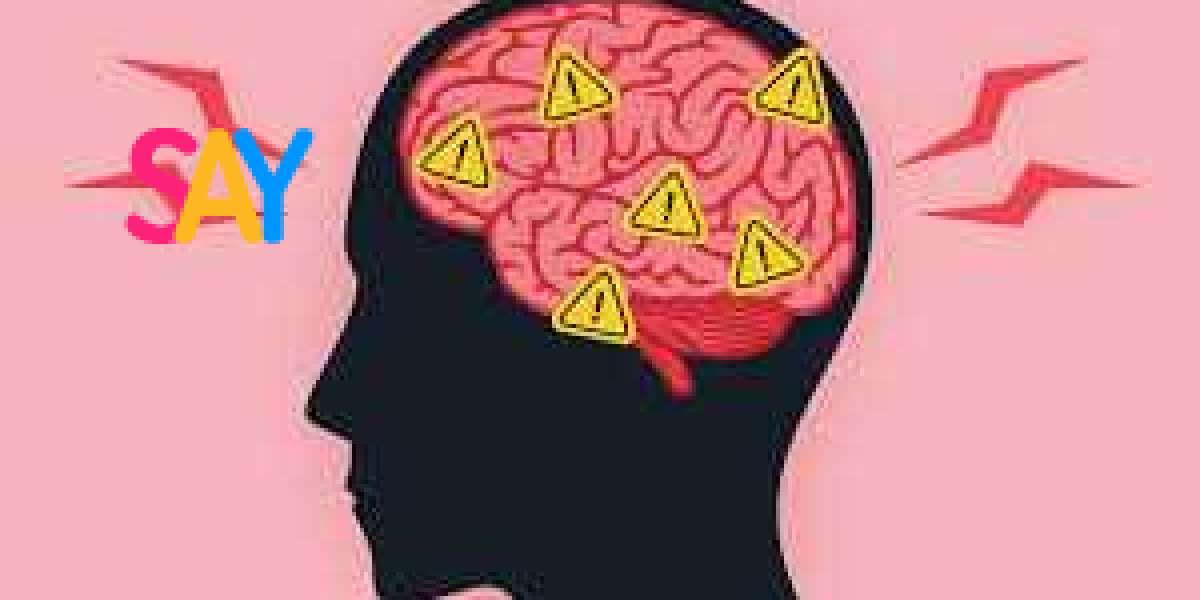Brain Damage: Understanding the Invisible Injury That Changes Everything
Our brain is the control center of our body—our thoughts, emotions, movement, memory, and personality all live within it. But what happens when this vital organ is injured? Brain damage is a term we often hear, yet few truly understand its depth and impact. Let's dive into what brain damage really means, how it starts, what causes it, and why it's more common than you think.
What Is Brain Damage?
Brain damage refers to any injury or destruction of brain cells. This damage can be temporary or permanent, mild or severe, and it affects how a person thinks, moves, feels, and lives. Unlike a broken bone, brain injuries often go unseen—yet they can dramatically change a person's life in an instant.
How Does Brain Damage Start?
Brain damage begins when brain cells are deprived of oxygen, exposed to toxins, injured by force, or attacked by disease. Even a few minutes without oxygen can begin killing brain cells. Once these cells die, they don’t regenerate like skin or other tissues. That’s why prevention and early intervention are so important.
Main Causes of Brain Damage
Let’s break down the most common culprits:
1. Traumatic Brain Injury (TBI)
- Caused by blows to the head, falls, car accidents, or sports injuries.
- Can result in concussions, skull fractures, or internal bleeding.
- Even mild TBI can lead to memory loss, confusion, or mood changes.
2. Stroke
- Occurs when blood flow to a part of the brain is blocked or when a blood vessel bursts.
- Brain cells begin dying within minutes due to lack of oxygen.
- Strokes are one of the leading causes of adult disability worldwide.
3. Lack of Oxygen (Hypoxia)
- Can result from drowning, choking, heart attack, or complications during surgery.
- The brain can only survive 3–5 minutes without oxygen before damage begins.
4. Infections
- Conditions like meningitis or encephalitis can inflame brain tissue.
- These are often caused by bacteria, viruses, or parasites.
5. Toxins and Drug Use
- Long-term alcohol or drug abuse can shrink and damage parts of the brain.
- Certain chemicals or heavy metals (like lead) can also be toxic to brain tissue.
6. Degenerative Diseases
- Conditions like Alzheimer’s, Parkinson’s, and Huntington’s disease slowly break down brain cells over time.
- These forms of brain damage are progressive and currently incurable.
Why Is the Brain So Vulnerable?
Despite being protected by a hard skull and fluid cushioning, the brain is extremely delicate. It operates on a delicate balance of blood flow, oxygen, and electrical signals. Any disruption can cause a cascade of problems. The complexity of its cells—and the fact that they don’t regenerate—makes brain damage particularly serious.
The Human Side: Living With Brain Damage
Brain damage isn’t just a medical condition—it’s a personal journey. Survivors often face physical challenges, emotional shifts, and identity changes. Recovery can involve speech therapy, physical rehab, and even relearning how to walk or talk. Every brain is unique, so recovery looks different for everyone.
Hope, Healing Prevention
While some brain damage is irreversible, many people show amazing resilience. With early treatment, rehabilitation, and support, the brain can adapt and rewire itself—a phenomenon called neuroplasticity.
How You Can Protect Your Brain:
- Always wear helmets when biking or playing sports.
- Manage high blood pressure and cholesterol to reduce stroke risk.
- Avoid smoking and excessive alcohol.
- Get help for infections and head injuries quickly.
- Stay mentally and socially active—your brain loves stimulation!
Final Thoughts
Brain damage is complex, serious, and deeply human. It’s not just about what’s lost—it’s about the fight to reclaim life, one step at a time. Understanding how and why it starts is the first step in prevention, treatment, and compassion.
Your brain is your greatest asset—treat it with care.




